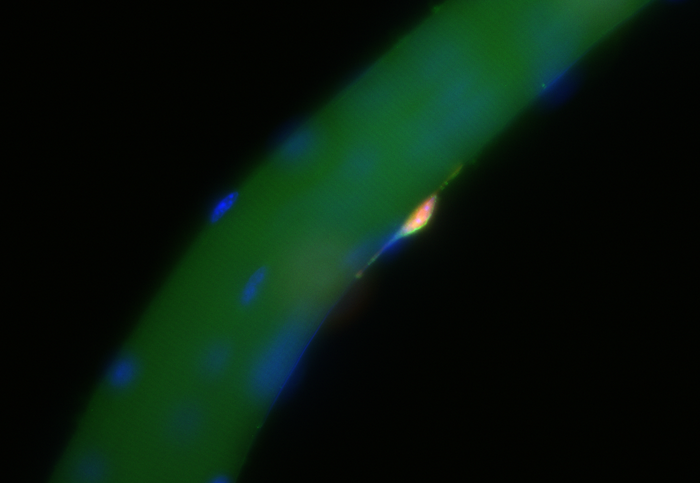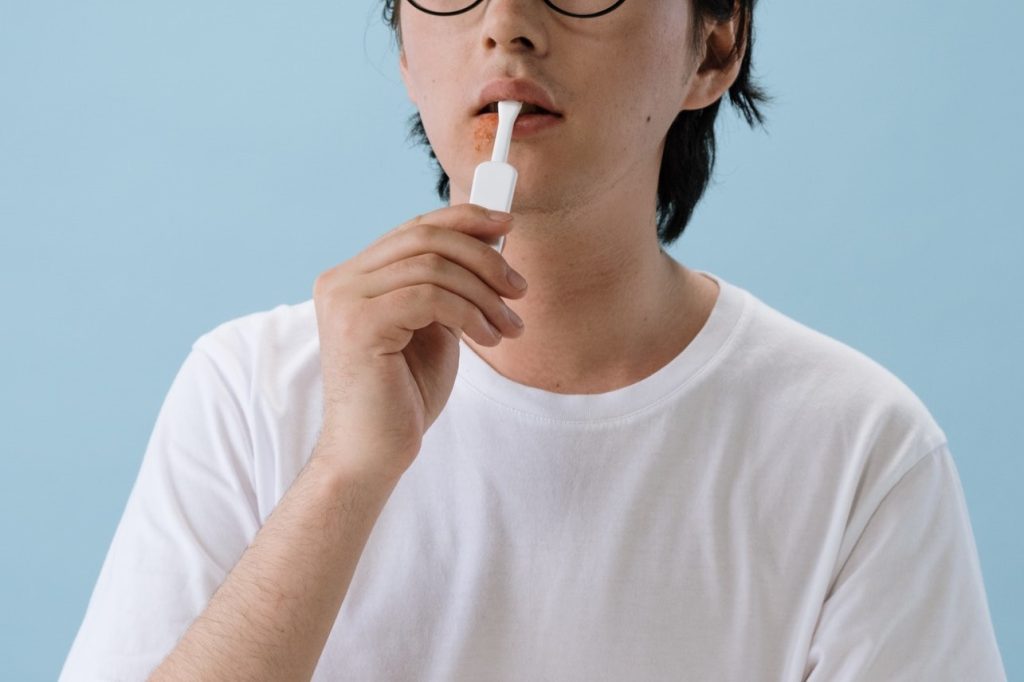Hyaluronic Acid Wakes up Stem Cells to Repair Muscles

A new study published in the journal Science reveals a unique form of cell communication that controls muscle repair, coordinated by hyaluronic acid. In damaged muscle, stem cells must work together with immune cells to complete the repair process, yet how these cells coordinate to ensure the efficient removal of dead tissue before making new muscle fibres has remained unknown.
“When muscles get damaged, it is important for immune cells to quickly enter the tissue and remove the damage before stem cells begin repair,” said Dr Jeffrey Dilworth, senior author on the study. “Our study shows that muscle stem cells are primed to start repair right away, but the immune cells maintain the stem cells in a resting state while they finish the cleanup job. After about 40 hours, once the cleanup job is finished, an internal alarm goes off in the muscle stem cells that allows them to wake up and start repair.”
Dr Dilworth and his team identified hyaluronic acid as the key ingredient in this internal alarm clock that rouses muscle stem cells from their slumber. When muscle damage occurs, stem cells start producing and coating themselves with hyaluronic acid, which, when thick enough, blocks the sleep signal from the immune cells, thereby causing the muscle stem cells to wake up.
Using mouse and human tissues, the researchers also discovered how muscle stem cells control the production of hyaluronic acid using epigenetic marks on the Has2 gene.
“Interestingly, ageing is associated with chronic inflammation, muscle weakness and a reduced ability of muscle stem cells to wake up and repair damage,” said lead author Dr Kiran Nakka. “If we could find a way to enhance hyaluronic acid production in the muscle stem cells of older people it might help with muscle repair.”
The regenerative effect of hyaluronic acid seems to depend on it being produced by the muscle stem cells, the authors noted. They are currently investigating if drugs could epigenetically stimulate muscle stem cells to increase their production of hyaluronic acid.





